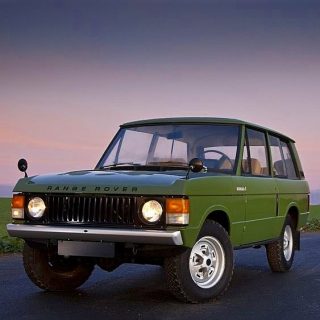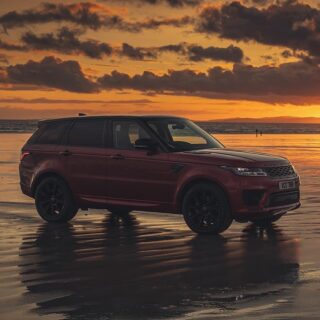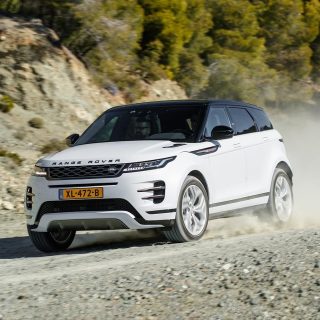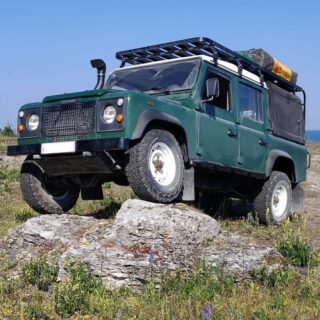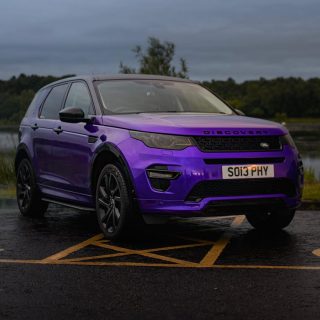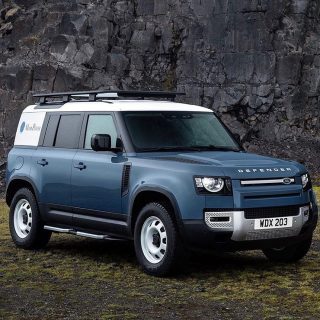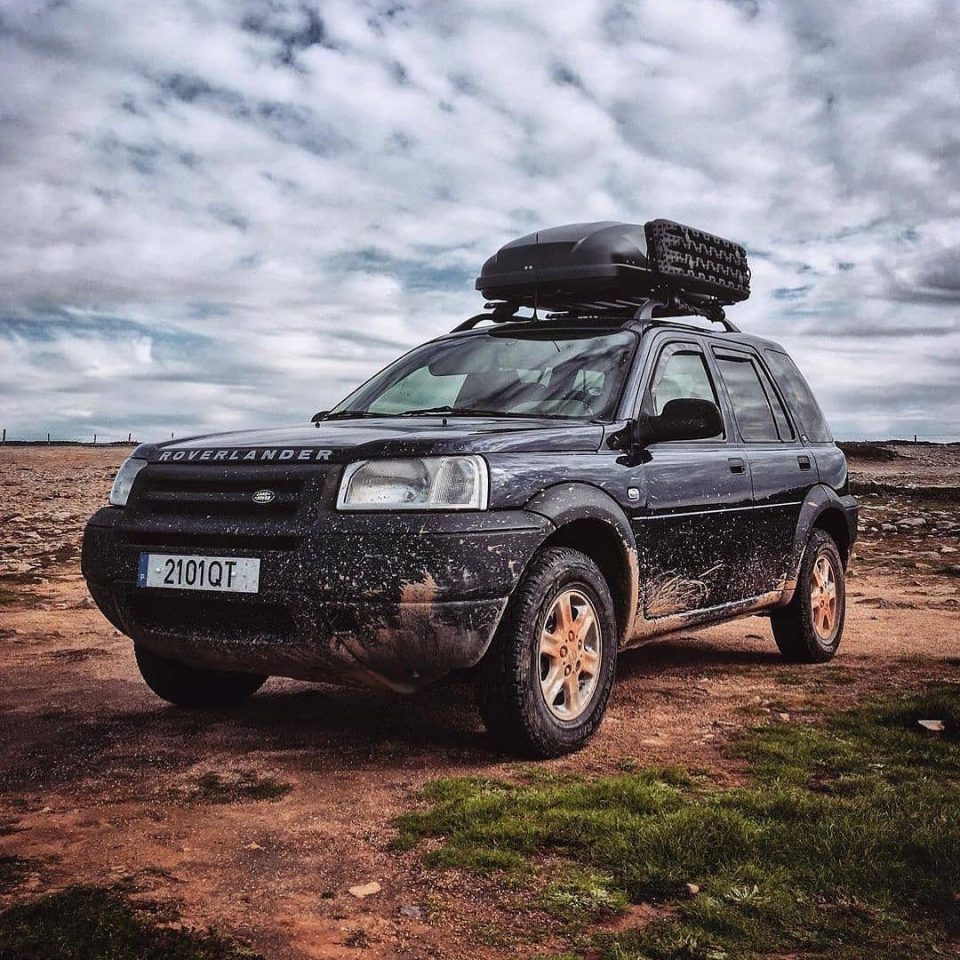
The first series of the Land Rover Freelander made its debut in 1997 in three variants: a classic five-door, a normal three-door, and a “soft-top”, which has a sunroof. Despite the Spartan design, the Freelander is intended for city as well as for off-road use, and this allows it to be pleasant to drive. The dimensions are 4,42 x 1,80 for the five-door version and 4,38 x 1,18 for the three-door version. Mechanically, it is the first Land Rover to have a monocoque chassis and independent suspension. The engines, combined as standard with a five-speed manual gearbox, are four-cylinder or V6 and have a variable power from 98 to 177HP. Among the Freelander’s advanced driving technologies, there are two Land Rover patented ones, namely ETC (4-Wheels Electronic Traction Control) and HDC (Hill Descent Control). The results for the 2002 Euro NCAP crash tests are poor, since the Freelander scores just three stars out of five. In 2002 and then in 2004, the Freelander MK1 receives two small restyling mainly concerning external aesthetics. These facelifts make the car more like its bigger sisters, the Range Rover and Discovery. The commercial results of this car are exceptional: for the first five years of its release, the Freelander was the best-selling SUV ever. In 2006 the portion of the 1st gen. ends to give space to its successor.
_________________________________________
📷 @freelander_photoalbum
_________________________________________
🏎️ Land Rover Freelander I LN
📍 United Kingdom
🛠️ 2.0 DI 210NM 98HP
💨 15,2 seconds
🔝 155km/h
💶 No longer on sale
_________________________________________
Our vote: ⭐⭐⭐⭐️ (4/5)
